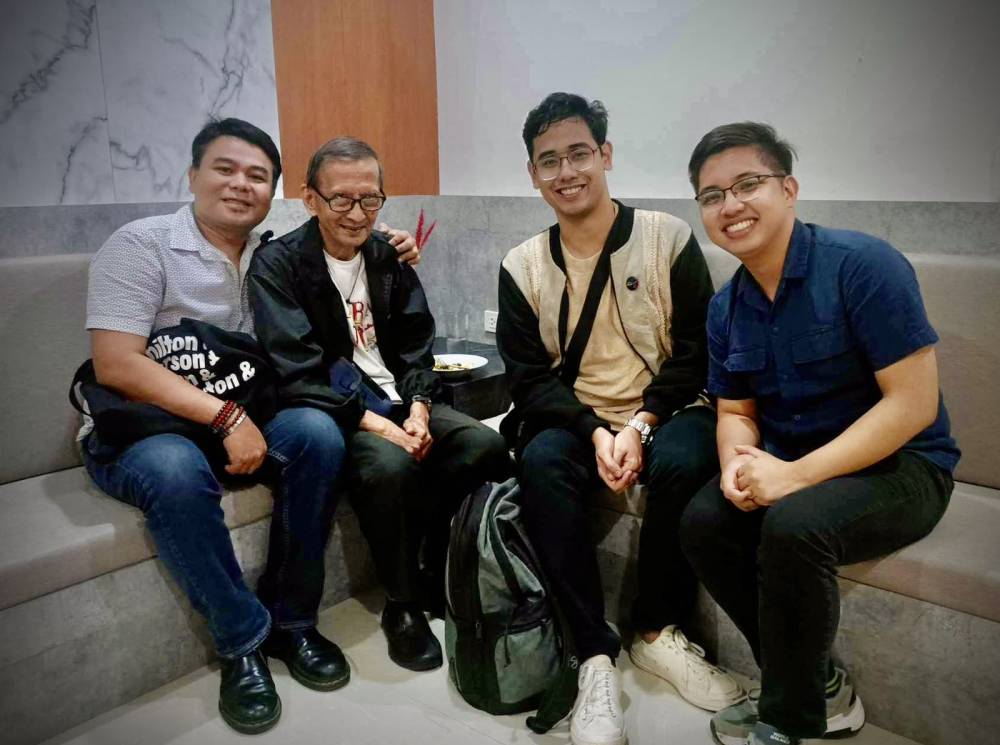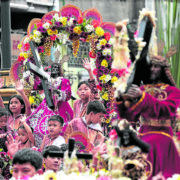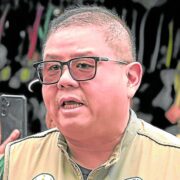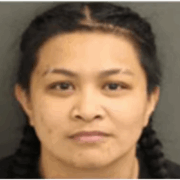Who is the real Jocelynang Baliwag?
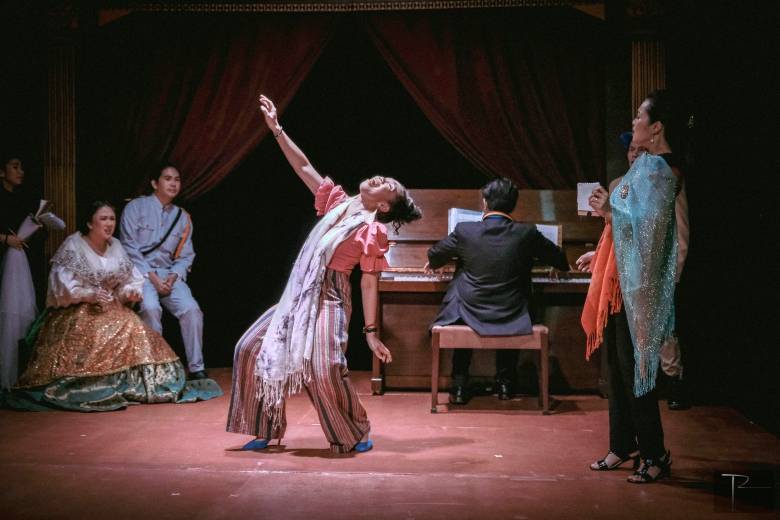
Jocelynang Baliwag” is the title of a beautiful, lyrical kundiman, a patriotic folk song which was supposed to be a call to arms against Spain in 1896; and the titular maiden, Jocelyna of Baliwag, Bulacan, was believed to be the one who would inspire the Katipuneros. In my choir, the Andres Bonifacio Concert Choir headed by leading composer Jerry A. Dadap (often bypassed in the national artist deliberations because he is not as charming as Ryan Cayabyab), Jocelynang Baliwag is portrayed as a soprano who, while singing her aria, awakens the sleeping Katipuneros as a prelude to revolution.This became a production number whenever the choir had a concert, sometimes to restage Dadap’s musical “Andres Bonifacio: Ang Dakilang Anak-Pawis.”
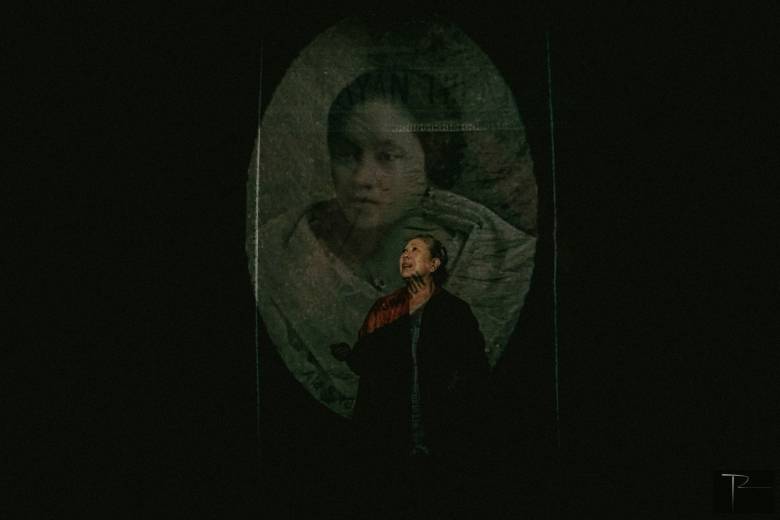
Now comes a play, “Ang Awit ng Dalagang Marmol” by Andrew Estacio, backed up by historical research, which purports to set the record straight as far as Jocelynang Baliwag is concerned. It was first presented during this year’s Virgin Labfest of the Cultural Center of the Philippines, and recently restaged by Guang Ming College, an exclusive school for scholars in Tagaytay City.
Direction was by Nazer Salcedo, the noted triple threat (singer-actor-dancer).
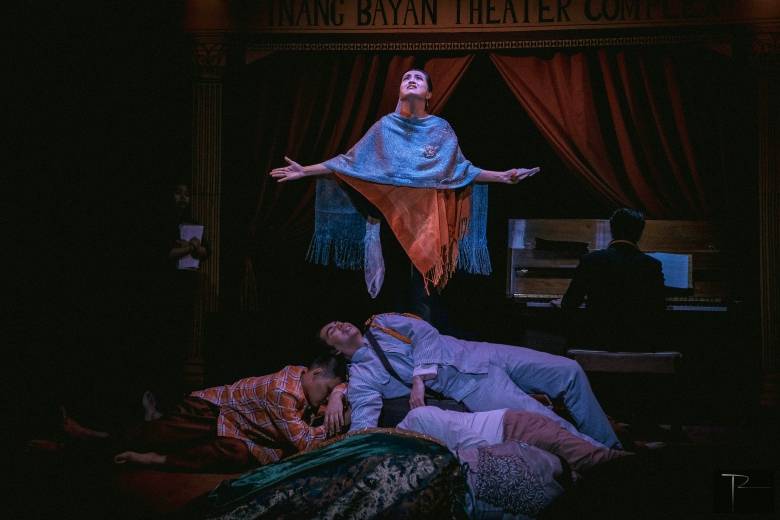
“Ang Awit ng Dalagang Marmol” is a play within a play. It dramatizes and lightens its purpose by music and dance, glorious hijinks and deliberate overacting. Christina Joy Cardenas is Direk; Katte Sabate is the dramaturg or researcher; Lorraine Lisen, Enzo Lapresca and Andrew Cruz play cast members in the play being rehearsed; and Kim Rhian Paulino is the Pianist, who is sometimes befuddled.
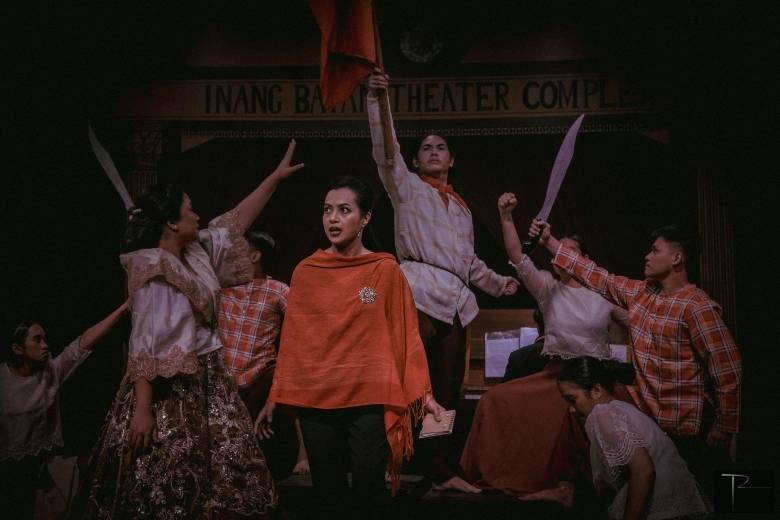
The main actors are supported by the Guang Ming Theater Ensemble, composed of students.
The musical starts as “Walang Sugat” but later becomes “Walang Aray!”
A new theater venue has been constructed in an unidentified province, and to celebrate its opening, a group of actors and artists will present a musical about the revolution as inspired by the famous kundiman “Jocelynang Baliwag.” The group is in the midst of rehearsals, Direk is pleased with how things are going when, from out of the blue, the dramaturg materializes, and from her mouth ensues revelation upon revelation that up-ends the rehearsals and leaves cast and directors stunned.The real story
Let us now segue into the nitty-gritty of the play. In 1940, composer Antonio Molina (later a national artist), during a public lecture, declared that the kundiman “Jocelynang Baliwag” was a song of the Philippine Revolution; and so it was accepted since then. Molina had seen the song in an old music sheet which he had copied.
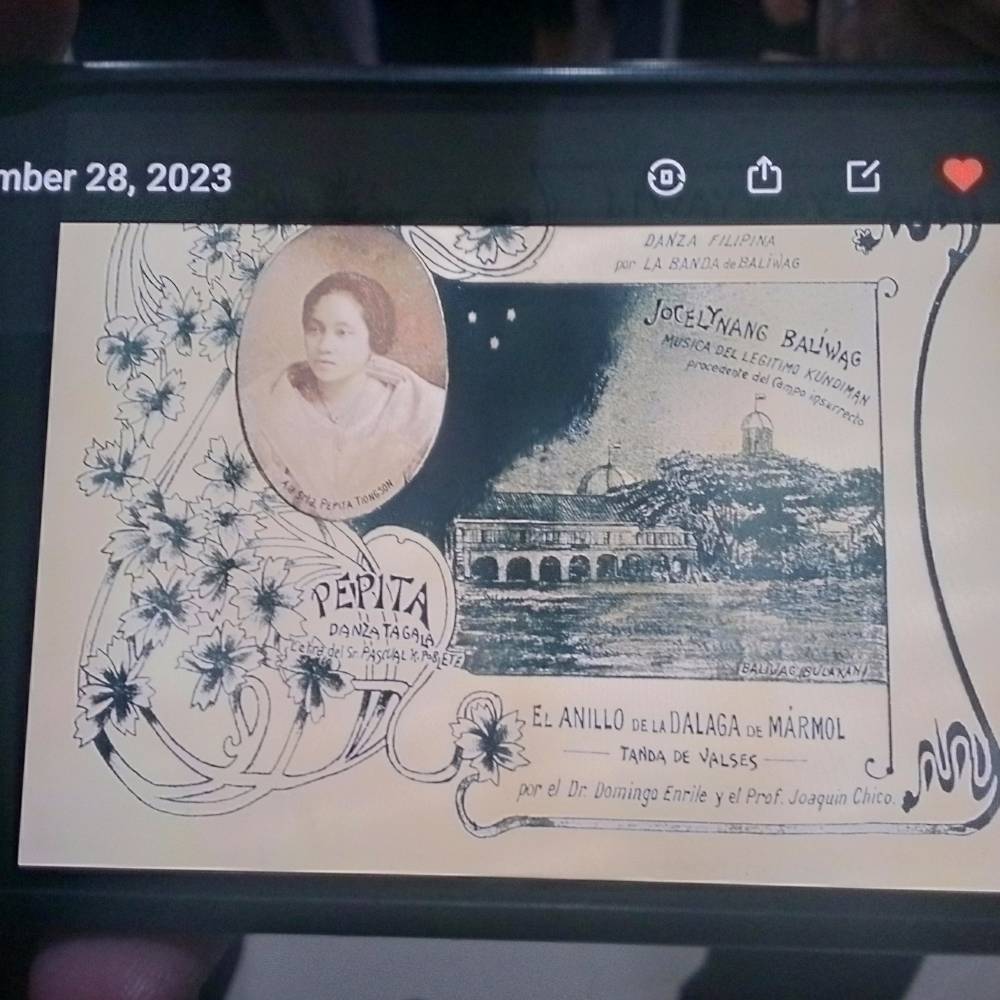 That, however, is not the real story of “Jocelynang Baliwag,” at least according to the research of young playwright Estacio, which focused on the works of historian Ian Alfonso. The truth is that the music was a courtship song of Isabelo de los Reyes (1864-1938), revolutionary and labor leader, and Pepita Tiongson, a beautiful maiden from Baliwag.
That, however, is not the real story of “Jocelynang Baliwag,” at least according to the research of young playwright Estacio, which focused on the works of historian Ian Alfonso. The truth is that the music was a courtship song of Isabelo de los Reyes (1864-1938), revolutionary and labor leader, and Pepita Tiongson, a beautiful maiden from Baliwag.
De los Reyes in 1905 wrote a novel inspired by Pepita, “Ang Singsing ng Dalagang Marmol” (The Ring of the Marble Maiden—thus the title of the Estacio play). The labor leader was madly in love with Pepita but she spurned his suit. Thus, the story behind “Jocelynang Baliwag.” It was a courtship song; the music was taken from a nationalist kundiman but it was not about the revolution.
Confronted with these revelations, Direk and cast of the play being rehearsed decide to mount a new production, more in keeping with the supposed historical facts that they have learned. Direk, who had been “high blood” throughout the play, finally calms down and intones: “Nasaan nga ba talaga si Jocelynang Baliwag?” (Where is the real Jocelynang Baliwag?).
Incidentally, among those who attended the Tagaytay play was a great-grandson of Tiongson, Karl De Santos.
